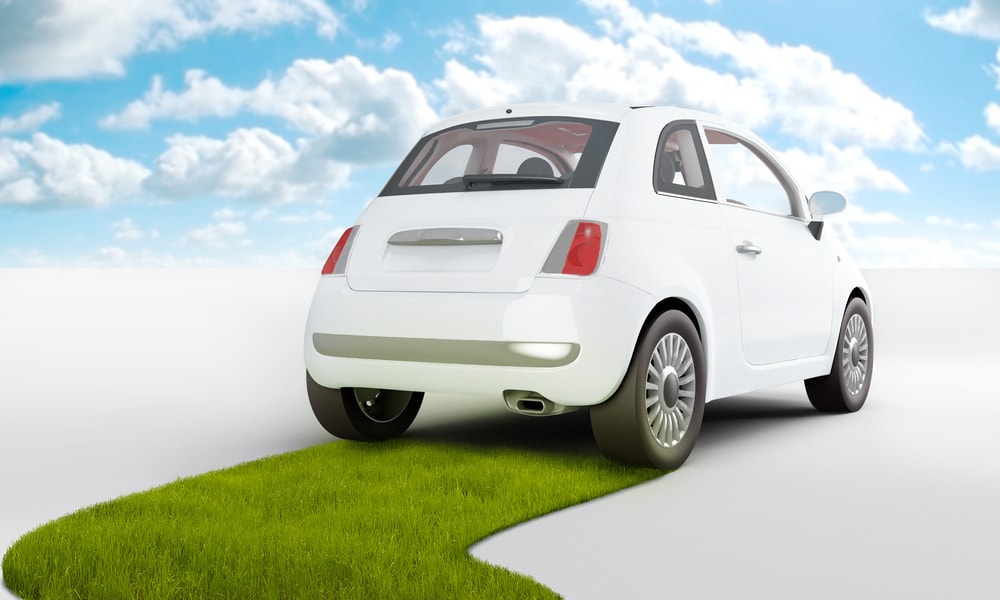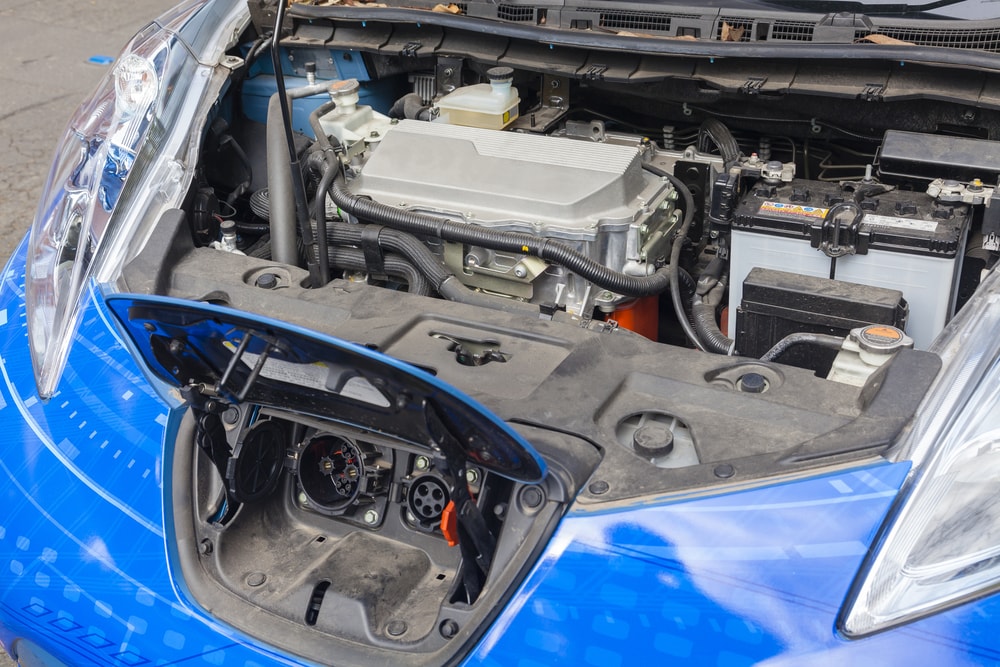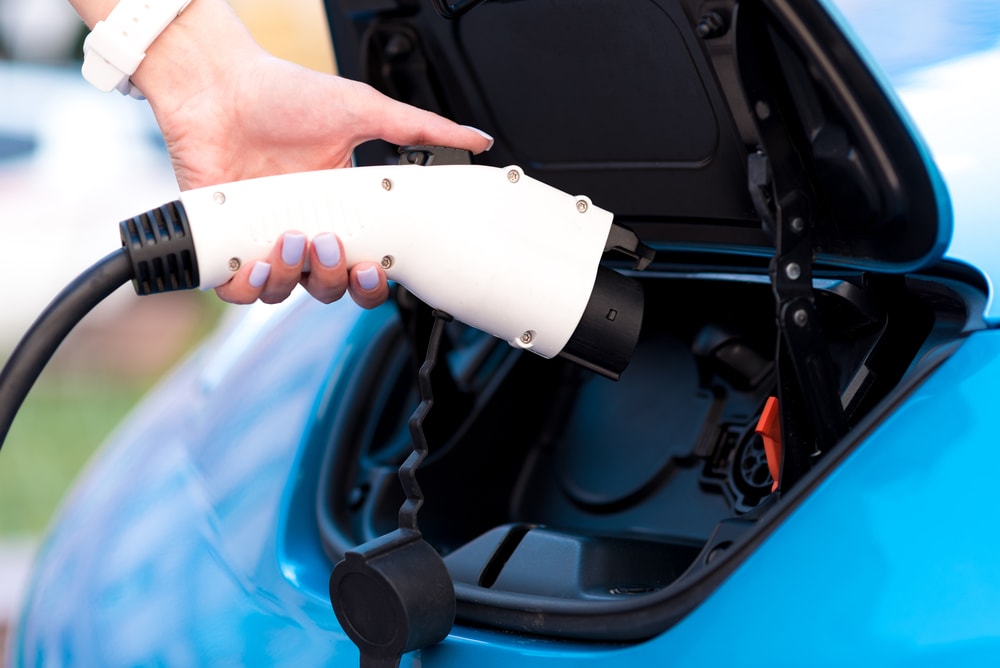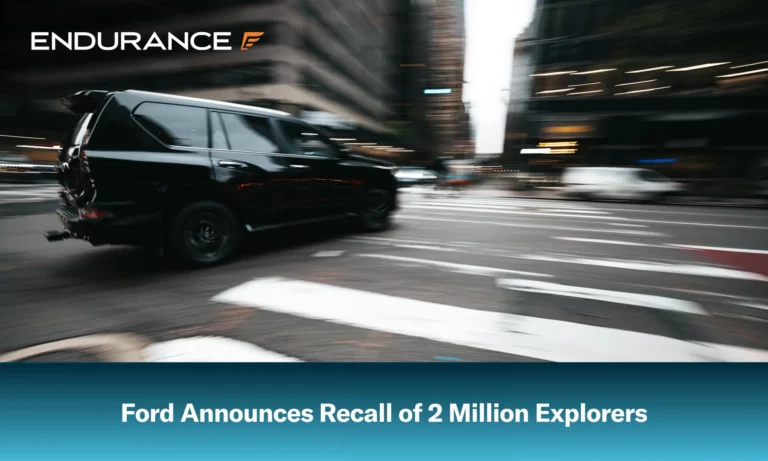¡Consigue esta oferta! Llama ahora.
Hable con un especialista en planes de protección de vehículos y obtenga $300 apagado any new contract instantly.
Llame al 866-678-4172
Turn it up and bring the noise…in your hybrid or electric car. The demand for electric and hybrid vehicles has only gone up in recent years. However there have been concerns about safety issues and the like. One of these is that the cars are just so gosh darn quiet! At least that’s what government officials claim. I mean, many gearheads tend to avoid bothering with hybrid or electric cars because they think they lack the thrills of a loud and proud automobile. However, now Uncle Sam just won’t stand for the lack of sound from these cars.

You didn’t misread that last paragraph, this is really happening. The National Highway Traffic Safety Administration (NHTSA) just finalized rules requiring hybrid and electric cars to create a minimum volume of noise even at low speeds to that pedestrians can hear them. These rules are 8 years in the making, as concerns were first put on the table back in 2010 just as these kinds of cars were going mainstream in the market.
The reason why electric cars are so darn quiet is simply due to the fact that they don’t rely on combustion, or rather, controlled explosions and heat in order to operate. That became an issue as many accidents occurred with these cars where people claimed that said cars snuck up on them, almost silently. Cars like the Nissan Leaf come standard with artificial sounds meant to prevent this issue. Now the new standard that the NHTSA has introduced begins with sound levels mandated for all electric and hybrid vehicles, and some traditional cars that are all travelling at speeds below 18.6 mph. Any speed above that and typically what happens is that the tire and wind noise is deemed loud enough as is.

These new rules don’t come cheap. The new regulations would now require automakers to invest upwards of $40 million each annually in order to implement this system properly. That means creating the tech, updating it and routinely testing it. Also they need to be including it in regular maintenance. The hop is that these regulations will be worth it and possibly prevent more than 2,400 injuries each year. That would benefit the overall industry in terms of $250 million to $340 million saved on damages.
Finer details are still working out between the NHTSA and automakers. The must now have 50 percent of their fleets with this new technology by September of 2019. All of the cars must be equipped by January of 2020. Keep in mind that these new rules only apply for light duty cars and trucks that weigh under 10,000 pounds. Some safety advocates claim that’s not enough but for now that is the rule.
Finally, we do know that the NHTSA is considering a request for the sounds to be driver adjustable. Concerns aside, drivers may believe that having options as to what kind of noise the car makes may encourage them to use the system properly.

Volkswagen, the automaker giant, has announced a recall for over 260,000 vehicles in the U.S. due to a potentially hazardous fuel pump defect. The action involves several popular VW and..

Some recent recall news from the Ford Motor Company has had some consumers raising their eyebrows. Specifically, a recall of two million Ford Explorer SUVs due to an underlying trim..

Apple is confronting delays that have pushed its secretive self-driving electric car launch to 2028 at the earliest, according to a new report from Bloomberg. The postponement highlights Apple's mounting..

Su protección es nuestra principal prioridad. Su cotización está en proceso y usted
recibirá un correo electrónico de confirmación en breve.

Estamos aquí para asegurarnos de que obtenga la protección EV más completa. Por eso nos hemos asociado con Xcelerate automático para ofrecerle una cobertura Tesla transparente y confiable.
¿Quiere que nos comuniquemos con usted acerca de la cobertura XCare para su Tesla?



Sign up and get $300 off your new contract!
Al hacer clic en el botón, acepta que Endurance utilice tecnología automatizada para llamarlo, enviarle un correo electrónico y enviarle mensajes de texto utilizando la información de contacto anterior, incluido su número de teléfono móvil, si se proporciona, con respecto a la protección del automóvil o, en California, el seguro contra averías mecánicas. También acepta el Endurance política de privacidad y Términos y condiciones. El consentimiento no es una condición de compra y puede retirar el consentimiento en cualquier momento. Se pueden aplicar tarifas por mensajes y datos.
Hable con un especialista en planes de protección de vehículos y obtenga $300 apagado any new contract instantly.
Llame al 866-678-4172

Simplemente complete la información a continuación y le daremos seguimiento rápidamente con su cotización gratuita y sin compromiso.
Al hacer clic en el botón, acepta que Endurance utilice tecnología automatizada para llamarlo, enviarle un correo electrónico y enviarle mensajes de texto utilizando la información de contacto anterior, incluido su número de teléfono móvil, si se proporciona, con respecto a la protección del automóvil o, en California, el seguro contra averías mecánicas. También acepta el Endurance política de privacidad y Términos y condiciones. El consentimiento no es una condición de compra y puede retirar el consentimiento en cualquier momento. Se pueden aplicar tarifas por mensajes y datos.
Alex ha trabajado en la industria de servicios automotrices durante más de 20 años. Luego de graduarse de una de las mejores escuelas técnicas del país, se desempeñó como técnico logrando la certificación de Maestro Técnico. También tiene experiencia como asesor de servicios y gerente de servicios. Leer más sobre alex